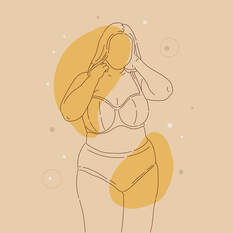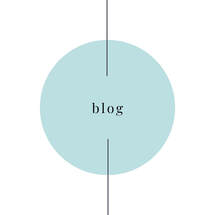|
One of my absolute favorite things to do in life is to learn new things. I can’t even count how many extra courses and side projects I’ve occupied my free time with, and it can be about almost anything, like photography, environmental protection, photoshop, stress management, languages etc. Sometimes though these extra courses have ended up being more than something extra on the side, for example my first massage course I took for almost nine years ago was ”just for fun”.
I started to not recognize myself at all, it was like I was a completely different person. After some intensive search the answers that showed up over and over again was lists of perimenopausal symptoms. And my mind kind of exploded a bit. Could I be in perimenopause? Wasn’t that only for old people? I mean, I was only 39 when I started to have the first symptoms. Here I had to take a little break and breathe for a while, all this information made me a bit overwhelmed. When I was ready to dig in again, my research was a bit more organized and I started to understand the different terminology and the definition of all these new words that came up. So here is some of what I learned: Menopause is when you’ve not had your period for one year. It’s a specific time and can be marked in your calendar on the day. The average age for this to happen is 51-52 year. Perimenopause however, is something completely different. It’s the time before menopause when your sex hormones are starting to fluctuate and drop more and more. A few women will not have any symptoms at all, until one day they just stop having their period. For most women the truth is that they will notice some difference in their bodies and experience a number of different symptoms. How long this period goes on for varies a lot from person to person, it can be anything from a few months for some women, and up to ten years for others. The average age for when most women starting to experiencing perimenopausal symptoms is around 45, but it’s not uncommon that it for women starts already in their early 40s. As I mentioned earlier in the text, there’s a long list of symptoms that comes with this. Some of the more common and known ones are: Hot flushes, night sweats, sleeping problems, vaginal dryness and irregular periods. Other symptoms that are not spoken about so much, and were new at least to me are: Brain fog, mood swings, tiredness, muscle loss, weight gain (especially around the belly), dry eyes and mouth, low libido, joint pain, migraine, tinnitus, dry skin, loss of hair, palpitations, UTIs, anxiety, depression, low self-esteem. And more. One other thing I also realized was that I was far from the only one in my 40s who didn’t know what was going on with their bodies. In a Swedish study from 2021 it was clear that 1/3 of the women in the age 50-59 was completely unprepared for menopause. And 60% of these women said that they had had moderate or severe problems related to menopause. This is quite a list, and I know it can feel overwhelming and difficult to take in, but there is help to get, and there are things one can do to ease the symptoms. It can be to adjust the amount of training, the change the type of training you’re doing, adjust the time you take for rest and recovering, change in food, nutrition and supplements, and Hormone Replacement Therapy (HRT). After I started to understand what was going on with my body, I also realized that I’ve had several clients over the years that described these kinds of symptoms to me, and asking for advise. At the time nor me nor my clients connected the dots that it could be related to perimenopause.
0 Comments
Your comment will be posted after it is approved.
Leave a Reply. |
Proudly powered by Weebly




 RSS Feed
RSS Feed